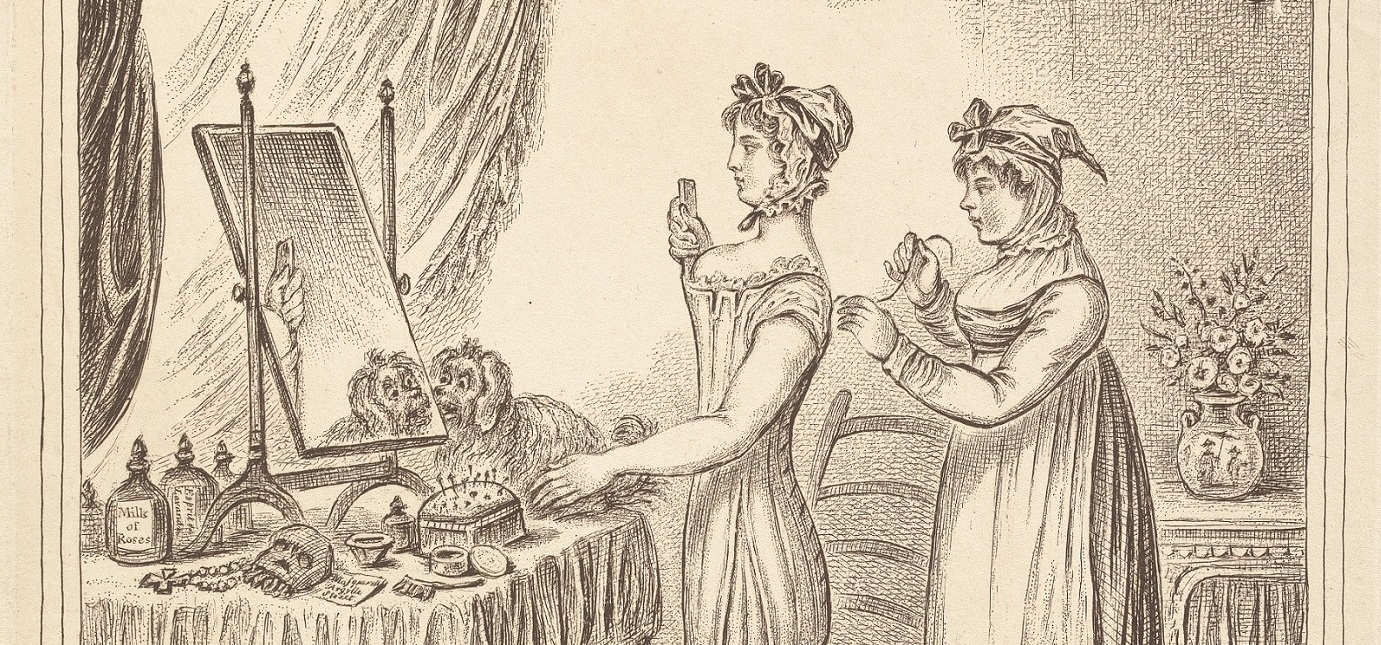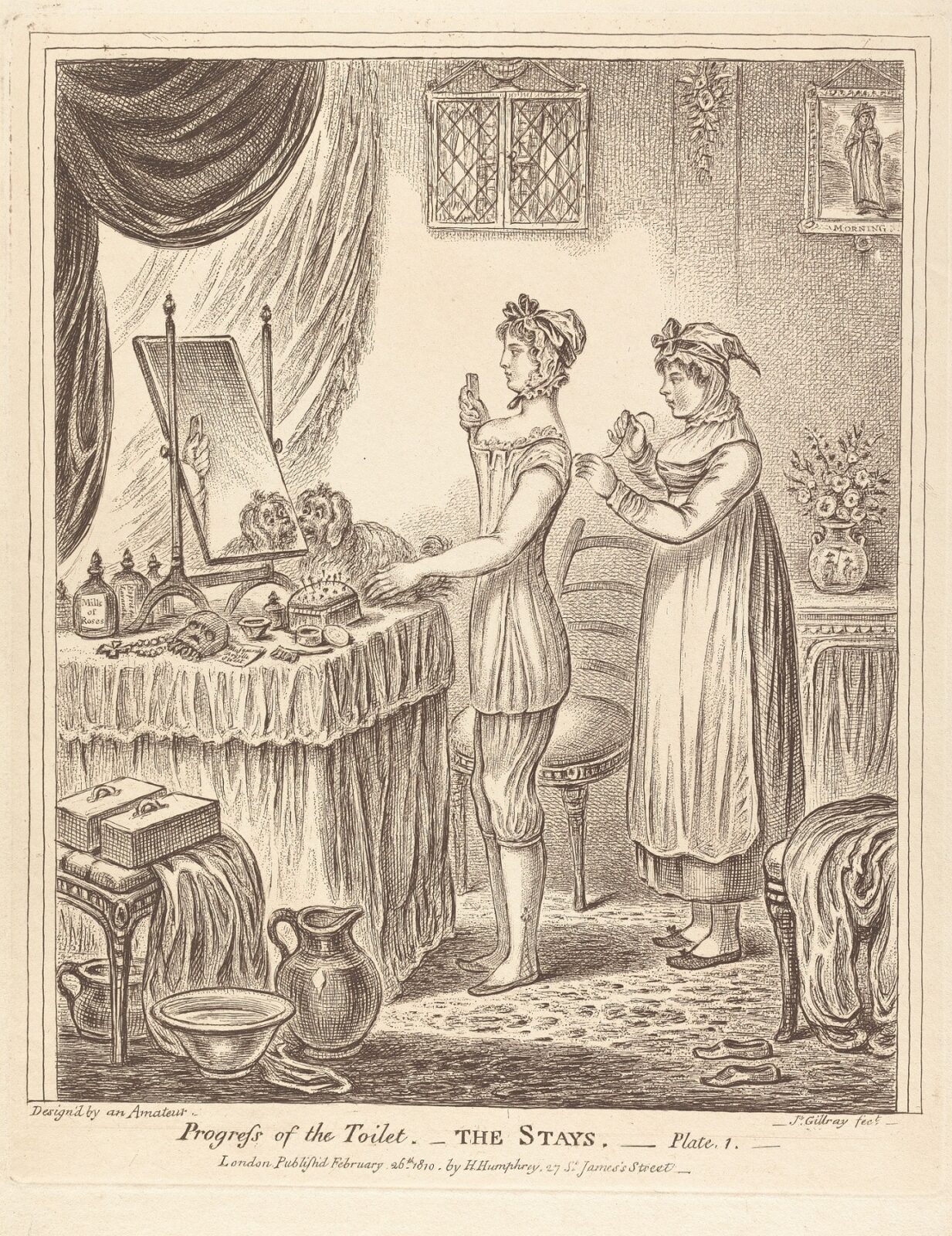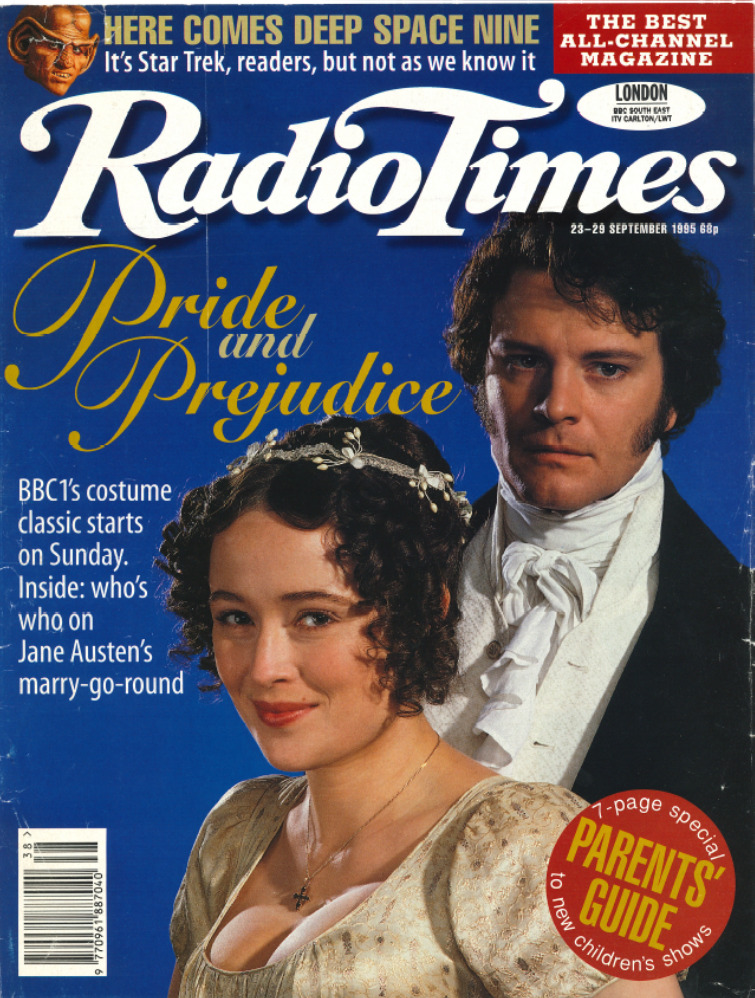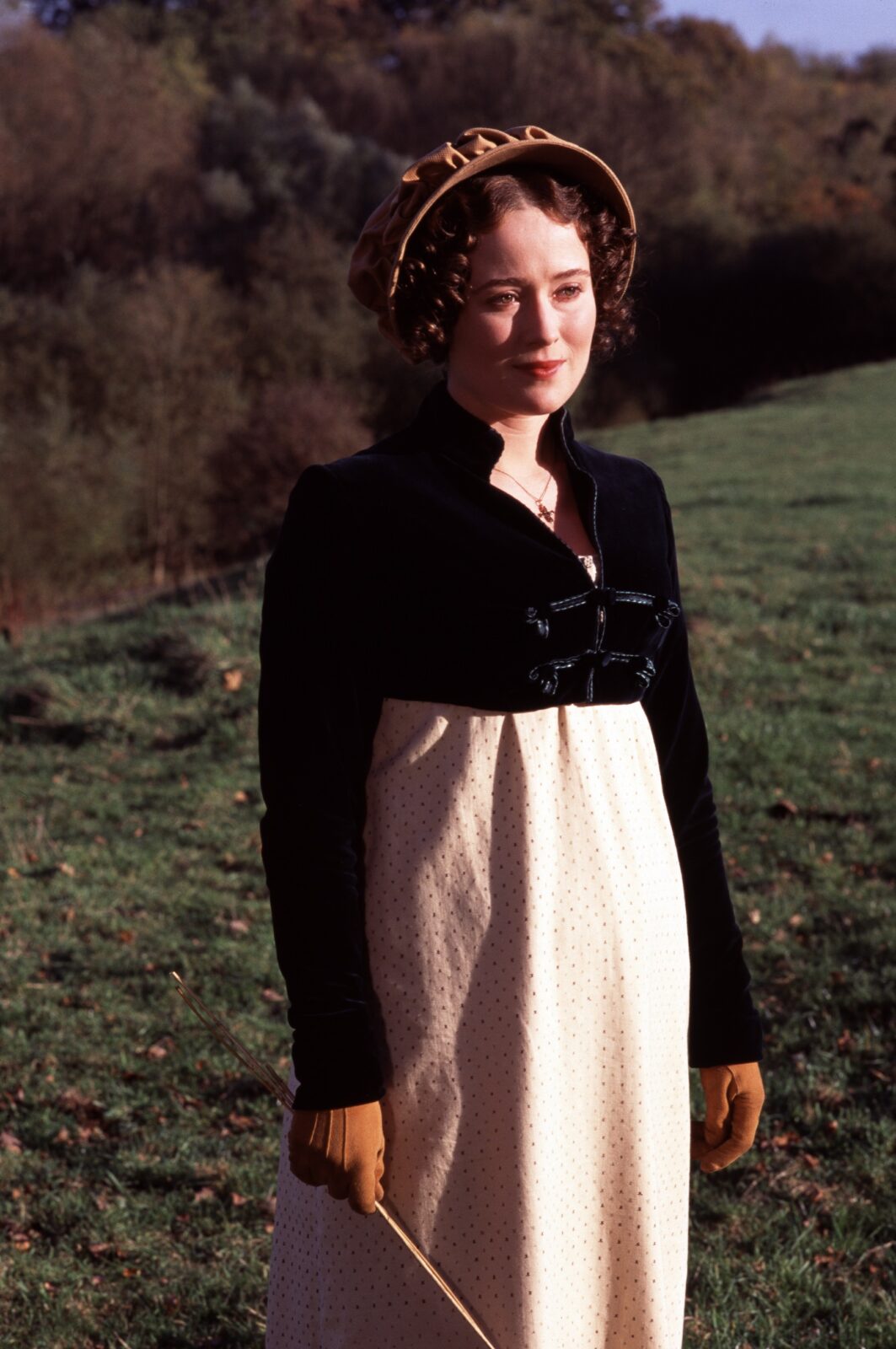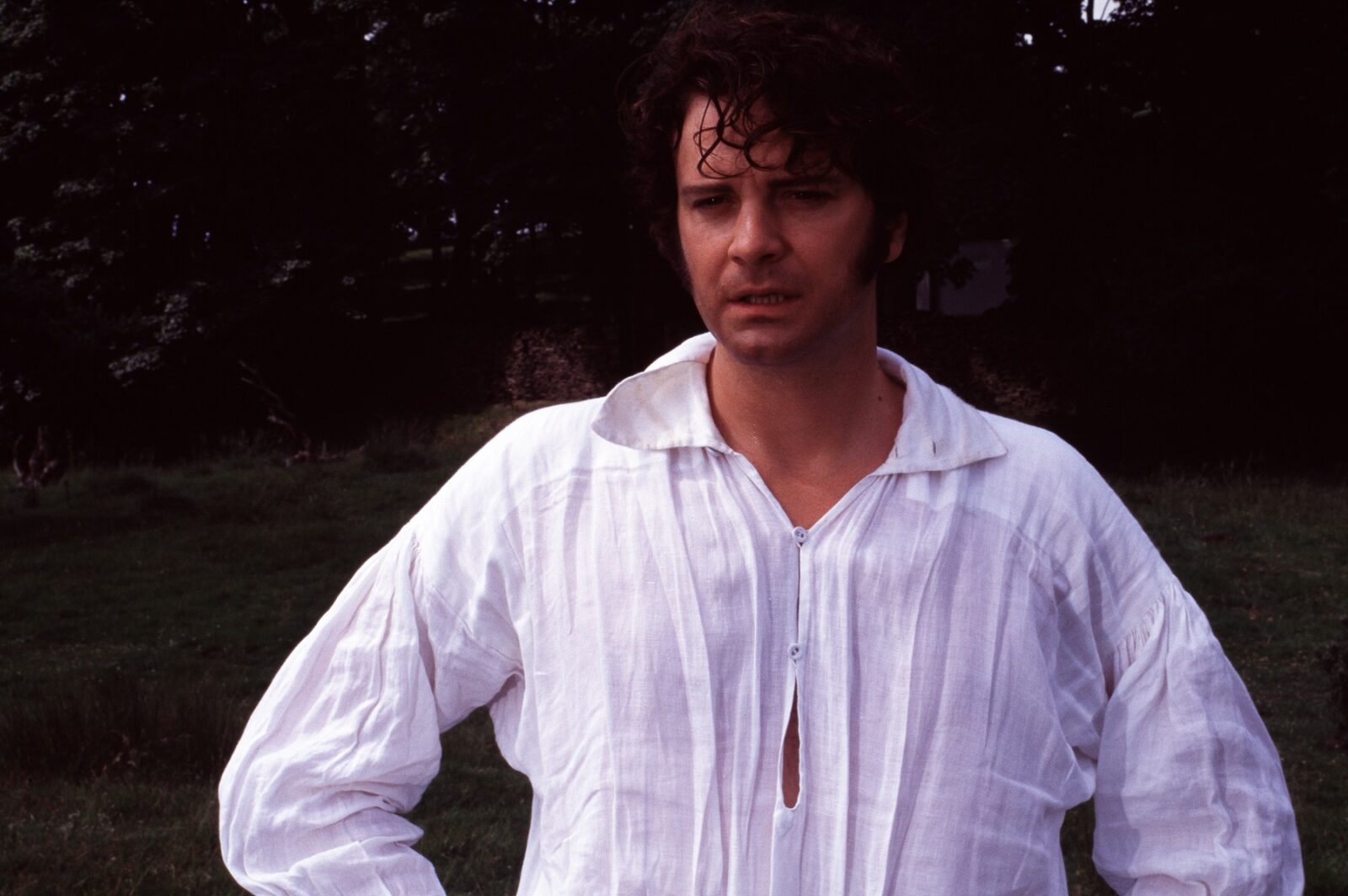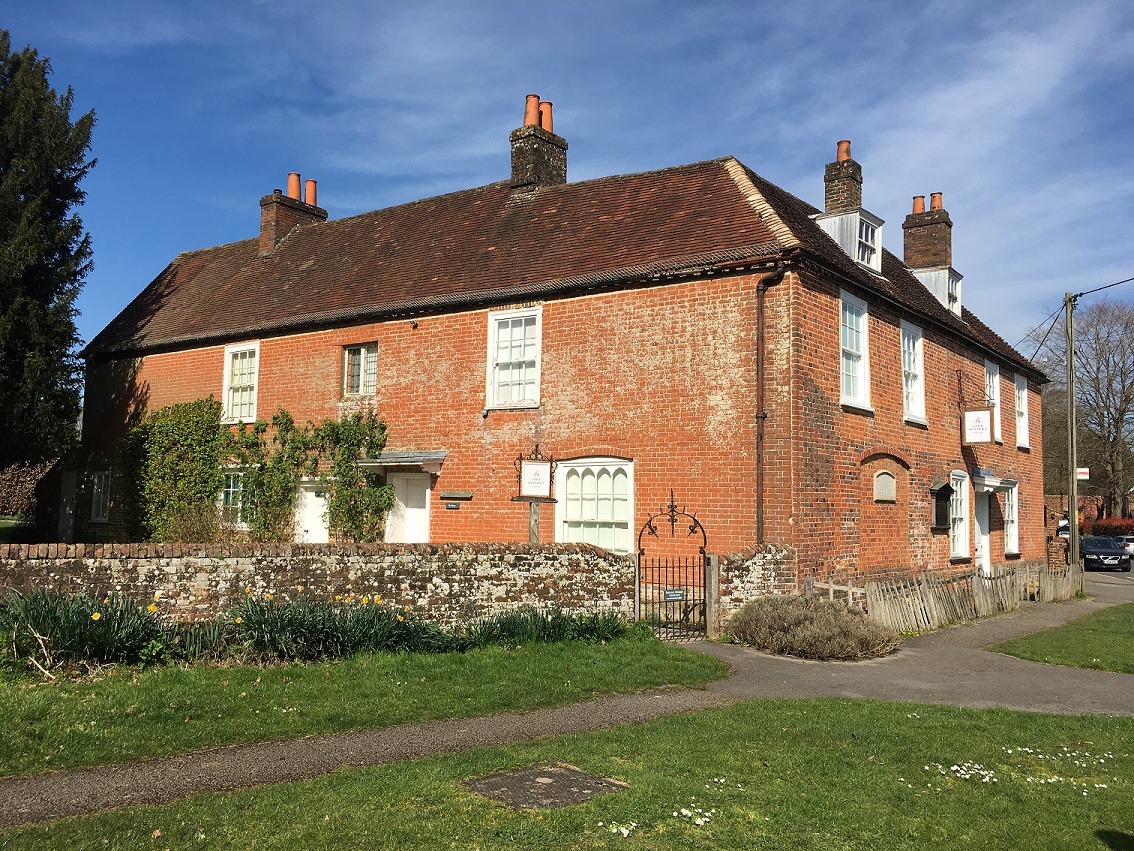Fashioning the Figure
In this room we display items of costume from popular film and TV adaptations, and examine how they were used to create the Regency silhouette.‘I learnt from Mrs Tickars’s young Lady, to my high amusement, that the stays now are not made to force the Bosom up at all;─that was a very unbecoming, unnatural fashion. I was really glad to hear that they are not to be so much off the shoulders as they were.’
Jane to Cassandra, 15 September 1813
Over the course of Jane’s lifetime fashions changed hugely, moving from the elaborate dresses of the late 1700s to the slim Empire waist gowns we now associate with Austen heroines.
As outerwear changed, so did underwear. In the early years of Jane’s life, heavily-boned stays created a cylindrical shape up to the bust, whilst a bell-shaped skirt and petticoats created the illusion of a small waist.
In the 1790s and early 1800s, simpler gowns became fashionable. Inspired by classical statuary, the waistline rose to just under the bust and skirts became column-like. This Neoclassical style emphasised the beauty of the body’s natural lines. Beneath these dresses, stays were softer, with light boning or none at all. Rather than reshaping, they were designed to smooth the figure, support the bust and provide a base over which a dress could drape.
Stays could be long or short, depending on the time of year, size of the lady’s bust or the shape they wanted to achieve. Either way, they contained a wooden busk, which helped the garment to lie flat as well as lifting and separating the breasts. Long stays also encouraged excellent posture, as the lady would not be able to slouch or bend freely at the waist.
Neither corset nor stays get a mention in Jane Austen’s novels – but all her heroines would be wearing one.
TV and film adaptations such as Emma (2020) and Pride and Prejudice (1995) use underwear to provide new perspective on the characters…
Chemise
Cream fine cotton chemise with short sleeves
On loan from Cosprop Ltd
The base layer of a woman’s dress was a shift or chemise – a loose, comfortable garment. This one is made of fine cotton with short sleeves.
Worn next to the skin, the shift absorbed perspiration and was therefore the item of clothing washed most frequently. Laundry methods of the time were harsh and could wear clothes out quickly, so shifts were usually simple and cheap so they could be replaced often. They were often made in sets of six or twelve at a time, to provide enough to be worn between laundering, and cycle through the tough wash.
Stays
Pale pink corset in vision cotton with cotton straps and lacing at the back
Designed by Alexandra Byrne for Emma (2020)
Worn by Emma Woodhouse, played by Anya Taylor-Joy
On loan from Cosprop Ltd
[Image above ☝️]
A scene in the 2020 film adaptation of Emma, starring Anya Taylor-Joy, shows Emma getting dressed. A servant helps her into her stockings and then laces her into a pink corset, worn over a shift. The scene didn’t make it to the final cut, but a corset like this is in the film throughout – unseen beneath Emma’s gorgeous dresses.
A corset like this goes on quickly, hugging the figure and smoothing it, creating a base for the gown that will go over the top. It should be close fitting and supportive, rather than constraining.
Anya Taylor-Joy has spoken about the corsets she wore on set, and how they helped her to get into character:
‘About two weeks in, I actually started relying on my corset to help me get the work done. The second my corset was put on, I was like, “I know what I’m doing. I’ve got this. It’s all going to be fine.” I just had to be laced in first.’
Petticoat
Regency-style cream cotton petticoat with broderie anglaise hem
Designed by Dinah Collin for Pride & Prejudice, BBC (1995)
Worn by Elizabeth Bennet, played by Jennifer Ehle
On loan from Cosprop Ltd
A petticoat, worn over the stays, helped to create a smooth silhouette. Over this a thin dress made of muslin or silk could sit, flowing elegantly about a lady’s form.
Petticoats were secured at the back with ties or hooks. They might feature pleating, to allow more room for leg movement, and embellishments such as lace, tucks or embroidery.
This one, worn by Elizabeth Bennet, played by Jennifer Ehle, has broderie anglaise at the hem. Lizzy’s petticoat plays a notable role in the story when, after walking across the fields to Netherfield, she arrives at the house with ‘weary ankles, dirty stockings, and a face glowing with the warmth of exercise’. Miss Bingley and Mrs Hurst lose no time in criticising her for this display of ‘conceited independence’:
“Yes, and her petticoat; I hope you saw her petticoat, six inches deep in mud, I am absolutely certain; and the gown which had been let down to hide it not doing its office.”
Shirt
Regency-style cream linen shirt
Designed by Dinah Collin for Pride & Prejudice, BBC (1995)
Worn by Mr Darcy, played by Colin Firth
On loan from Cosprop Ltd
Men wore drawers, stockings and a shirt, typically made of linen, which pulled on and off over the head. The shirt was underwear, a private garment. Only the collar and cuffs were intended to be seen in public.
This shirt was famously worn by Mr Darcy, played by Colin Firth, in the BBC adaptation of Pride and Prejudice. The scene in which Darcy strips to his shirt and dives into a lake became a national sensation when the TV series first aired and is still iconic today.
The lake scene does not feature in the novel, but it stays true to its characterisation. Like Lizzy’s dirty petticoat, Darcy’s shirt helps to reveal his true nature. He is not just the proud and conceited man we have seen him to be in society – here we glimpse his inner rebellion and a wish to be at one with nature that he shares with Elizabeth. In the novel, Lizzy and Darcy’s meeting at Pemberley is just as revealing:
‘They were within twenty yards of each other, and so abrupt was his appearance, that it was impossible to avoid his sight. Their eyes instantly met, and the cheeks of both were overspread with the deepest blush. He absolutely started, and for a moment seemed immovable from surprise; but shortly recovering himself, advanced towards the party, and spoke to Elizabeth, if not in terms of perfect composure, at least of perfect civility.’
Find out more in the BBC 100 Objects exhibition…
Listen to BBC Radio 4’s Property of the BBC programme to hear about the importance of the shirt!
You’ve reached the end of Jane Austen Undressed – we hope your curiosity/interest/passion for Regency underwear has been satisfied!
If not… keep an eye on our Events page for Jane Austen Undressed talks and events!
And if you’d like to see these objects up close, why not visit us in Chawton?
